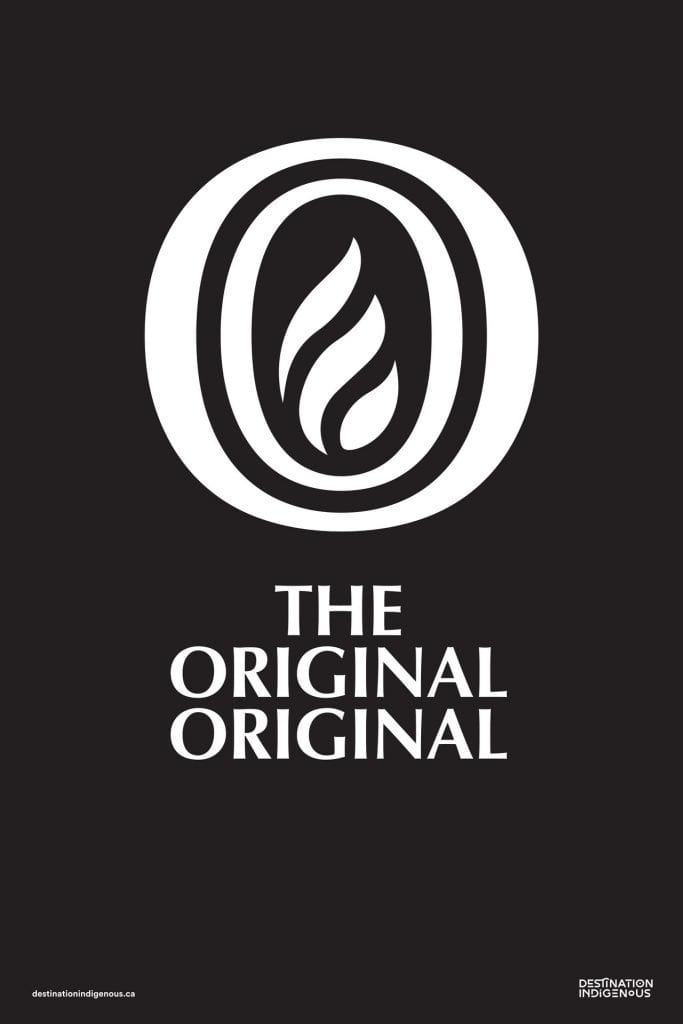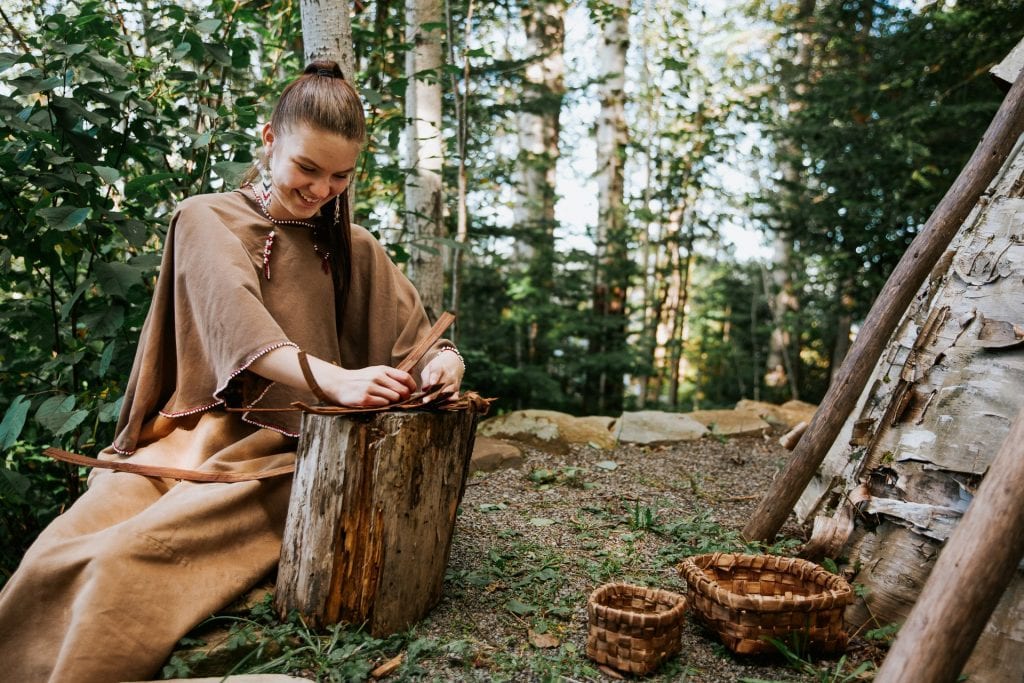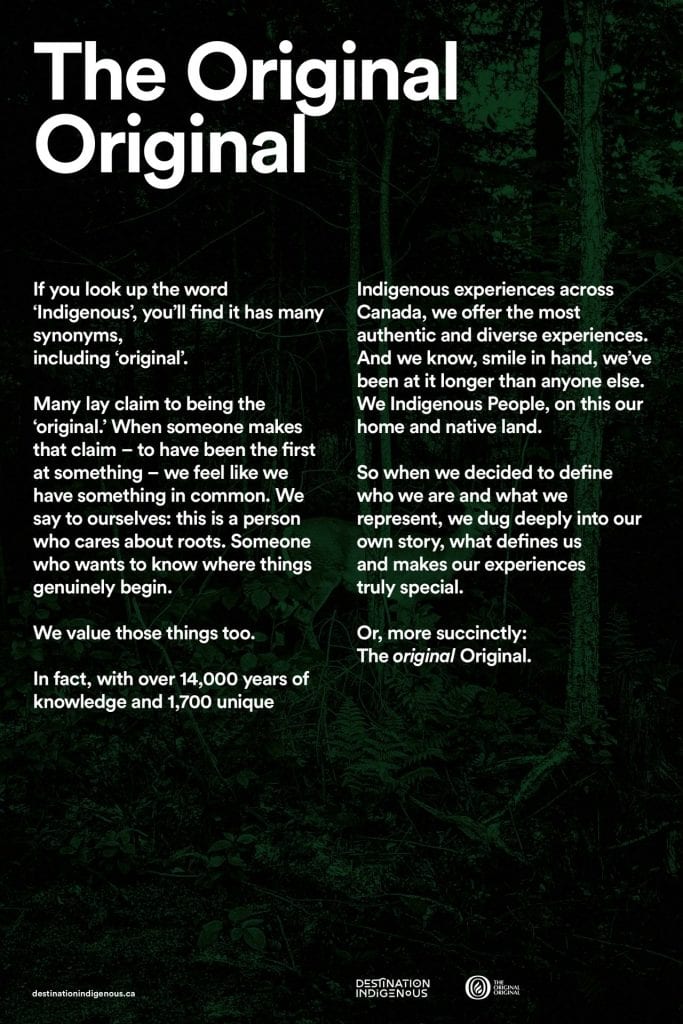Skift Take
At a time when travel demand for inclusion is on the rise — not to mention a global reckoning on racial equity — the Canadian government’s neglect of its once-robust indigenous tourism sector is clearly short-sighted. Will a new campaign find Canadians heeding a different call instead this summer?
In what is a first in the Americas, the Indigenous Tourism Association of Canada has launched a new brand mark, titled “The Original Original,” to certify and help consumers identify and learn about indigenous-led tourism experiences and products in Canada.
It’s part of a major promotional push to save the remaining 1,000 indigenous tourism businesses — from an original 1,900 in pre-Covid — and place them at the forefront of Canadians’ minds as the country reopens to domestic tourism.
“The mark is really signaling a restart for us,” said Keith Henry, CEO of Indigenous Tourism Association of Canada (ITAC), adding that indigenous tourism businesses have been hit hard by the pandemic. “We’re just trying to rebuild sentiment, a lot of it is speaking to our indigenous communities and our businesses that we can start rebuilding.”

Alongside the Original Original brand mark, a new website simplifies digital booking of indigenous tourism experiences across Canada, and an eponymous $2.5 million campaign, funded largely by Destination Canada, features storytelling and heartfelt messages from Canada’s diverse original peoples, while highlighting indigenous tourism businesses.
“It’s like the real, true Canadian experience,” one of the protagonists says, while another declares that “now is the time to celebrate our connection to this beautiful vast country.”
The message also boldly addresses Canada’s past erasure of indigenous identity and how indigenous tourism opens up a platform to address the reconciliation gap.
With sparse government aid since 2020, the association is hoping to avoid the collapse of a sector that took three decades to build and contributed $1.9 billion to Canada’s gross domestic product in 2019, while serving as a regional model for the economic growth of indigenous communities through tourism.
“I am tremendously proud of ITAC, taking the leadership to be there for these enterprises, throughout this difficult period, and the rebranding exercise is really a very important strategic move in that direction,” said Seleni Matus, director of the international institute of tourism studies at George Washington University.
Matus added that the branding would refocus the attention on domestic tourism and zoom in on the educational aspect that indigenous tourism brings.
“It’s an opportunity to offer a better deeper understanding, to get beyond the real traumatic history that Canada has with Indigenous Peoples.”
Indeed, ITAC’s historic branding effort comes just as Canada is reckoning with that past through the recent discovery of hundreds of unmarked graves of indigenous children near former residential schools. A trending #CancelCanadaDay conversation on social media has also pushed the discussion to the forefront.
Henry said ITAC’s intent is not to sound commercial about it, but that the new branding and revamped platform ITAC has built offers a way forward for Canadians to come together and that indigenous tourism has the power to serve as a force for reconciliation.
“In all my years of working in my own community or in indigenous tourism since 2005, I’ve never seen Canadians talking about indigenous culture and issues so much as they are right now,” Henry said.
“We’ve got businesses ready to give them a little more of that history in context, to what happened on this land.”
A Beacon of Hope for Indigenous Tourism in the Americas
It took three decades for indigenous tourism to take hold within the communities who didn’t initially want to feel “Disney-fied,” Henry said, with singing and dancing ceremonies.
But the Indigenous Tourism Association of Canada’s focus on business development training and supporting enterprises, plus early government support, is what legitimized the sector and helped indigenous communities realize the opportunities for economic growth through tourism when done right.
By 2019, indigenous tourism in Canada was outpacing overall tourism growth in the country, and the levels of interest were skyrocketing — one in three Canadians as well as one in three international visitors — to the point where ITAC was facing difficulty meeting the demand.
“Over 2014-2017, the industry grew at 14.5 percent, we were growing at 23.5 percent over that and we were actually accelerating, our growth was actually going up and up and up, we would have been doing our next major economic assessment this year ironically,” said Henry.

One year post Covid, according to research from the Conference Board of Canada, the indigenous tourism sector saw a 65.9 percent decline in direct gross domestic product, and 59.4 percent drop in employment.
In 2019, there were approximately 40,000 indigenous tourism employees and 1,900 indigenous owned businesses. A total of 15,000 staff remain, and 900 businesses have shut down thus far.
More are likely to disappear by year-end if no tourism revenue comes in or the government continues to minimize its support for the sector.
In August 2020, the Indigenous Tourism Association of Canada received $16 million in government funding to be delivered to 640 indigenous tourism businesses, by the end of the year.
With the ongoing border closure and Covid impact, ITAC then asked the Canadian government for an adjusted $68.3 million allocation for 2020-2024 to ensure Canada’s indigenous tourism sector could get back to the $1.8 billion in direct gross domestic product revenue as fast as it could.
But when the federal budget came out in April 2021, the association was granted just $2.4 million for one year, with no word on long-term funding. Henry said the general government agency path to funding, rather than an indigenous-led approach, was the wrong strategy at the wrong time.
For Matus, the implications of Canada’s indigenous tourism sector being hit and left unsupported has greater dire implications for the region, having previously been “a beacon of hope for indigenous tourism throughout the Americas,” because of how well organized it is and the decades of government investment and support it had received in developing the industry.
“Looking at it from a hemispherical level, Canada is the only country that has an indigenous tourism industry; in most other countries you have some indigenous experiences that may or may not be sufficiently integrated into the national tourism product, but in Canada it stands alone,” Matus said.
Henry agreed that was true in the past.
“I was very proud to say this, that Canada was a world leader in developing and sustaining indigenous tourism,” Henry said. “I don’t think we can say that anymore.”
The Domestic Traveler: A Lifeline
Of the $1.8 billion revenue that indigenous tourism contributed to Canada’s gross domestic product, 70 percent came from international visitors, including the U.S.
But with borders still closed between the two neighbors and international travel lagging, it’s a new challenge for indigenous tourism businesses to pivot and market to local travelers amid funding shortages, which makes advocacy and marketing efforts through ITAC critical as summer travel restarts.
Henry remains positive that the summer is looking more promising than the last, as restrictions lift and Canadians are freer to move around the country and explore their backyards.
“We’re creating packages, we’ve got stuff in the queue, our analytics are going up, and there’s a buzz in Canada because it seems like we’re reopening more and more,” Henry said.
The enthusiasm is also rooted in an independent study from Insignia Research on the domestic traveler — Canadians are shifting closer to core values of indigenous culture, with the desire to embrace “a slower, more mindful pace of life with your loved ones, appreciating nature, simplicity, spirituality and soulfulness.”
The report also revealed that road trips have increased, with three day trips now stretching into one and two-week escapes.
But the harsh reality is that Covid’s devastating blow to indigenous tourism businesses will take more than a summer to recover and rebuild.
“It’s going to be very, very difficult this year,” Henry said. “We’ll be lucky this year for a $500 million estimate on sales at the tills and direct employment so we’ve lost a tremendous amount of ground right now. There’s no denying, we’re not going to recover this year, it’s going to be several years of recovery.”
In the meantime, the Indigenous Tourism Association of Canada is encouraging Canadians to book an “Original Original” indigenous tourism experience and support indigenous-owned businesses this summer, and support the association’s branded experiences.
“Now’s the time to show — we’re at a crossroads,” said Henry.
“We’re asking to visit our businesses and spend some time and money there versus leaving the country as soon as you can. Let’s, this summer, make that pledge.”

The Daily Newsletter
Our daily coverage of the global travel industry. Written by editors and analysts from across Skift’s brands.
Have a confidential tip for Skift? Get in touch
Tags: canada, coronavirus recovery, Destination Canada
Photo credit: Canada's hard-hit indigenous tourism sector is looking to Canadian travelers this summer to help businesses recover. 434501 / 434501